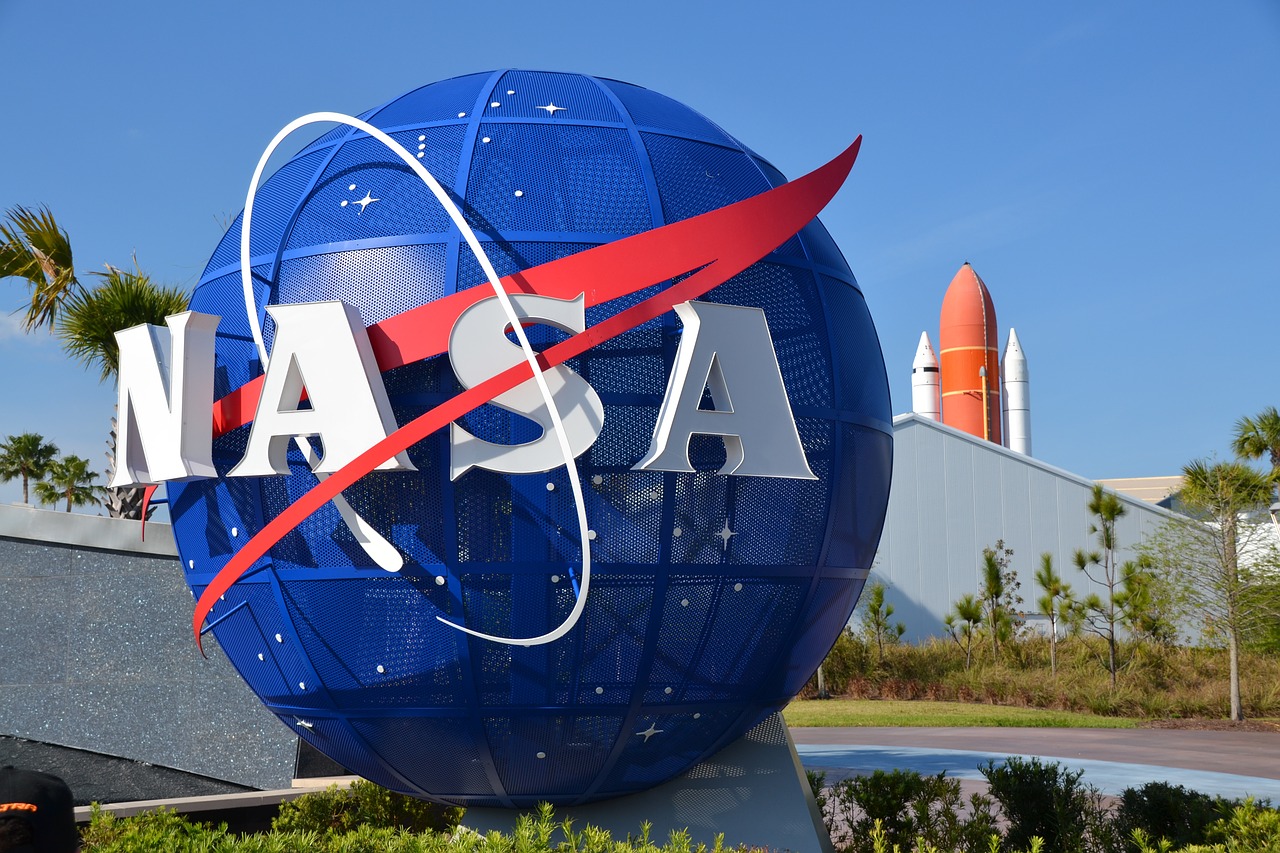NASA has revealed a ‘risk corridor’ showing the potential countries that could be affected by the asteroid 2024 YR4, which is currently predicted to have a 2.3% chance of impacting Earth in 2032. The asteroid, roughly the size of Big Ben, presents a potential hazard, and scientists have mapped a broad range of Earth that may be impacted.
The risk corridor stretches from South America, across the Pacific Ocean, south Asia, the Arabian Sea, and Africa. Countries at risk include Venezuela, Colombia, Ecuador, India, Pakistan, Bangladesh, Ethiopia, Sudan, and Nigeria. However, the exact location of the impact remains uncertain and will depend on the Earth’s rotation at the time.
NASA’s Catalina Sky Survey Project scientist, David Rankin, has been leading the efforts to project the asteroid’s path. To determine the asteroid’s potential threat level, an international team of astronomers is currently using the James Webb Space Telescope to more accurately gauge the size of 2024 YR4. This will provide a clearer estimate of the potential damage it could cause, which is currently difficult to predict.
Asteroids of a similar size to 2024 YR4 have caused significant destruction in the past. For instance, the 1908 Tunguska event in Siberia, caused by an asteroid of comparable size, flattened 830 square miles of forest.
2024 YR4 was first discovered in December 2024 by the Asteroid Terrestrial-impact Last Alert System in Chile. Initially, the asteroid was considered less of a threat with just a 1.3% probability of impact. However, as more data has been gathered, its risk has steadily risen, placing it high on NASA’s list of potential hazards.
While scientists are working to improve their understanding of the asteroid’s size using advanced technology, accurate predictions on its impact remain elusive. NASA and the European Space Agency are closely monitoring the asteroid’s orbit using powerful telescopes to calculate its potential threat, with astronomers emphasizing the importance of improving the size estimate. As a spokesperson from the European Space Agency noted, the consequences of a 40-meter asteroid are vastly different from a 90-meter one.
The ongoing work with the James Webb Space Telescope aims to provide a more accurate size estimate by measuring the infrared heat radiating off the asteroid, which will offer better insight into its potential impact.
Nasa Logo Picture by FitzFox (pixabay.com)



